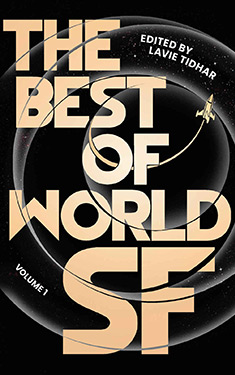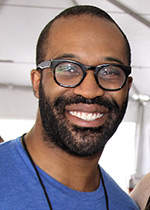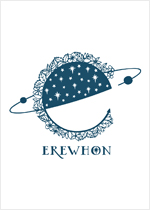Octave Uzanne
| Full Name: | Louis Octave Uzanne |
| Born: | September 14, 1851 Auxerre, Yonne, France |
| Died: | October 31, 1931 |
| Occupation: | Bibliophile, Writer, Publisher, Journalist |
| Nationality: | French |
| Links: |
|
Biography
Louis Octave Uzanne (14 September 1851--31 October 1931), known as Octave Uzanne, was a 19th-century French bibliophile.
Born in Auxerre, of a bourgeois family, he came to Paris after his father's death. At first he studied at the upper-class Collège Rollin in Paris, then during the Franco-Prussian War of 1870-1871 was attached to a school at Richmond in England. Continuing with law studies, he abandoned this line of work when he came into an inheritance in 1872. He became a regular visitor of the Bibliothèque de l'Arsenal, where he formed part of a group of followers of the former librarian Charles Nodier, together with journalist Charles Monselet, writer Loredan Larchey, and author and bibliophile Paul Lacroix. He also joined the Société des Amis des Livres, the first French bibliophilic association.
At the start of his career, Uzanne focused on the lesser-known writers of the 18th century, with 4 volumes of work published by Jouast, and an additional 20+ volumes published by Albert Quantin. He was an admirer of the Goncourt brothers, who also wrote on 18th-century France. While looking backwards for his subjects, he was very up-to-date for the technical side of the printing and publishing. His 1879 work Le bric-à-brac de l'amour was one of the first to employ the gillotage, a Zincography technique, and photomechanical reproduction.
After leaving the Société des Amis des Livres, which he deemed as too conservative and too concerned with the re-edition of older works, he started two new bibliographic societies, the Societé des Bibliophiles Contemporaines (1889-1894) and the Societé des Bibliophiles Indépendants (1896-1901). The first one consisted of 160 people, including writers Jules Claretie and Jean Richepin, artists Albert Robida and Paul Avril, and journalist and critic Francisque Sarcey. Uzanne also edited two magazines, Conseiller du bibliophile (1876-1877) and Les Miscellanées Bibliographiques (1878-1880), and then ran three consecutive bibliophilic revues: Le Livre: Bibliographie Moderne (1880-1889), Le Livre Moderne: Revue du Monde Littéraire et des Bibliophiles Contemporaines (1890-1891), and L'Art et l'Idée: Revue Contemporaine du Dilettantisme Littéraire et de la Curiosité (1892-1893). In the early 1890s, he was considered to be "[...] the best authority that book lovers know on subjects specially interesting to book lovers".
In contrast to the common bibliophiles of his time, he was most interested in the creation of new, luxurious bibliophile works, collaborating closely with printers, binders, typographers and artists (especially the Symbolists and early Art Nouveau artists). One of the main artists collaborating with Uzanne was the Belgian Félicien Rops, who illustrated some of his books and created the cover illustration for Le Livre Moderne, and who called Octave Uzanne "the Bibliophile's dream". The overall quality of Uzanne's books was remarked upon by the New York Times when reviewing his 1894 work La Femme à Paris: "The book is a highly-artistic achievement in a typographical sense[...] This artistic element and the style of the author [...] elevate the work from its sphere of usefulness into the sphere of pure literature. It will be serviceable a century from now to students of our civilization."
Works in the WWEnd Database
|
|
|
|
|
|||||||||||||||



















 Full Details
Full Details








